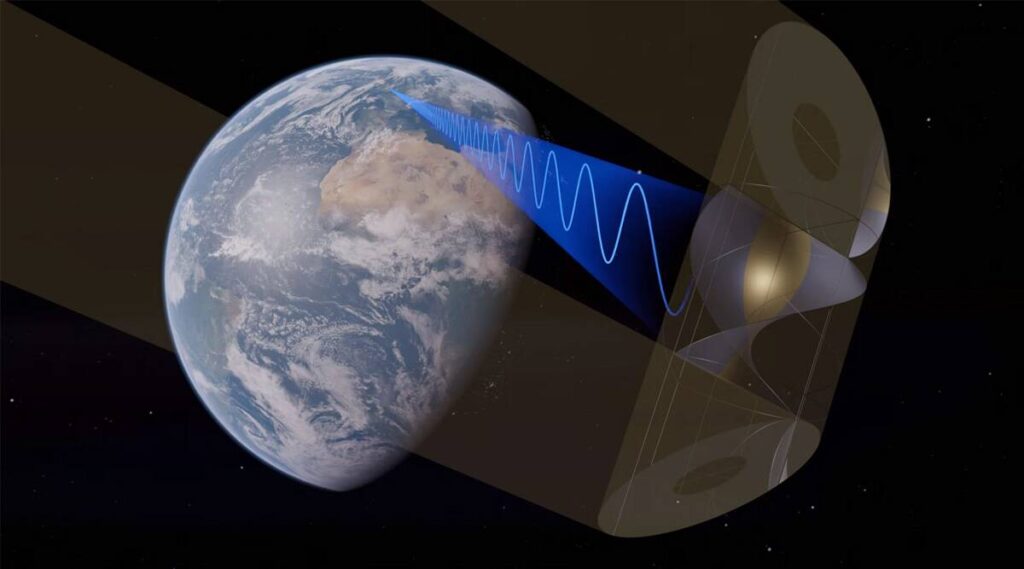The UK Space Energy Initiative was launched last year to explore options to develop a space-based solar plant.
The United Kingdom is reportedly planning to build a solar power station in space and use it to beam energy down to Earth using lasers, according to Space.com. Over 50 British organisations including manufacturer Airbus, Cambridge University and satellite maker SSTL have reportedly joined the UK Space Energy Initiative.
The UK Space Energy Initiative was launched last year to explore options to develop a space-based solar plant. The initiative is aimed at helping the UK meet its target of zero greenhouse gas emissions by 2050 more cost-effectively than existing technologies. It bases its plans on an engineering study conducted by consultancy Frazer-Nash and commissioned by the UK government last year.
Space.com reports that the initiative’s chairman, Martin Soltau, said that all technology required to develop a space-based solar power plant already exists and that the challenge is the scope and size of the project. Soltau also said that the initiative has established a 12-year development plan that could see a demonstrator power plant. This plant will be assembled by robots in orbit and will beam gigawatts of power from space to Earth as early as 2035, according to him.
British engineering firm International Electric Company has developed a modular concept called CASSIOPeiA or Constant Aperture, Solid-State, Integrated, Orbital Phased Array. The initiative is currently exploring this concept. ‘Modular’ here means that the orbiting power plant could be expanded after the demonstration phase.
The demonstrator would be giant, several miles across, and would require 300 rocket launches the size of SpaceX’s Starship to deliver to orbit. Once deployed, it would orbit 36,000 kilometres with a constant view of the sun as well as of Earth.
The satellite will collect solar energy using large, lightweight mirrors and concentrating optics onto photovoltaic cells, just like conventional solar cells on earth. The satellite will produce direct current electricity that will then be converted into microwaves using a solid-state radio frequency power amplifier and transmitted as a microwave beam down to Earth.
The reason the UK is considering this is that such a plant would produce so much more electricity than a solar power plant of a similar size on Earth. In fact, if you compare two power plants of the exact same size with one on Earth in the UK and one in space; the one in space would be able to generate over 13 times the energy.
Also, such a power plant will not face any ‘intermittency problems,’ because the sun will always be shining on it in space. On Earth, renewable energy generation plants face this problem because the sun doesn’t always shine and the wind doesn’t constantly blow all the time. Due to this, such energy plants have to be complemented by battery storage to prevent power loss during unfavourable weather.
To receive this energy from space, the system would need a giant Earth-based antenna, which is called the rectenna. The rectenna receives the microwave radiation sent from space and converts it into electrical energy that can be used for high-voltage transmission. The initiative claims that there is no risk to the public from this radiation.

Source:indianexpress.com

